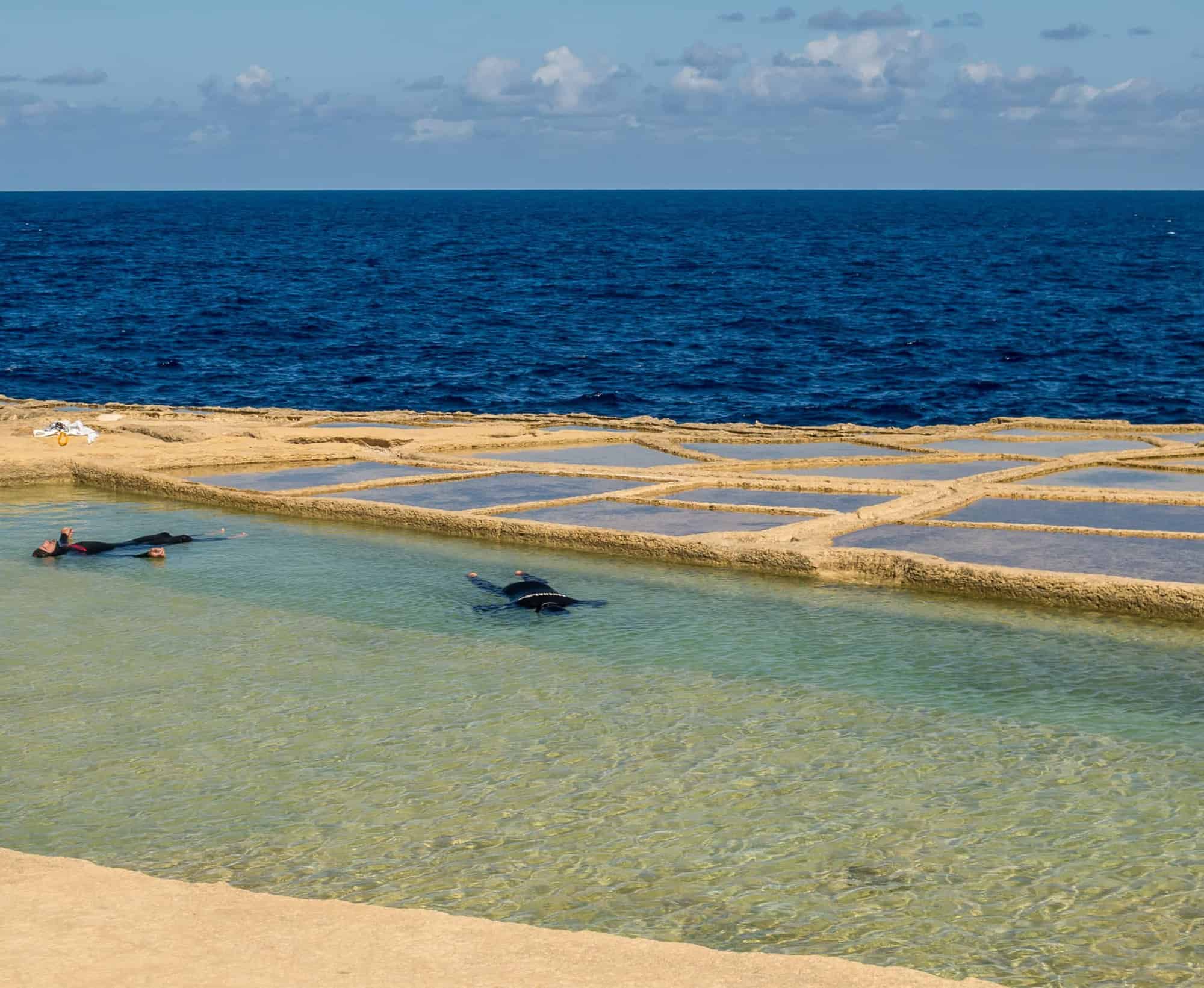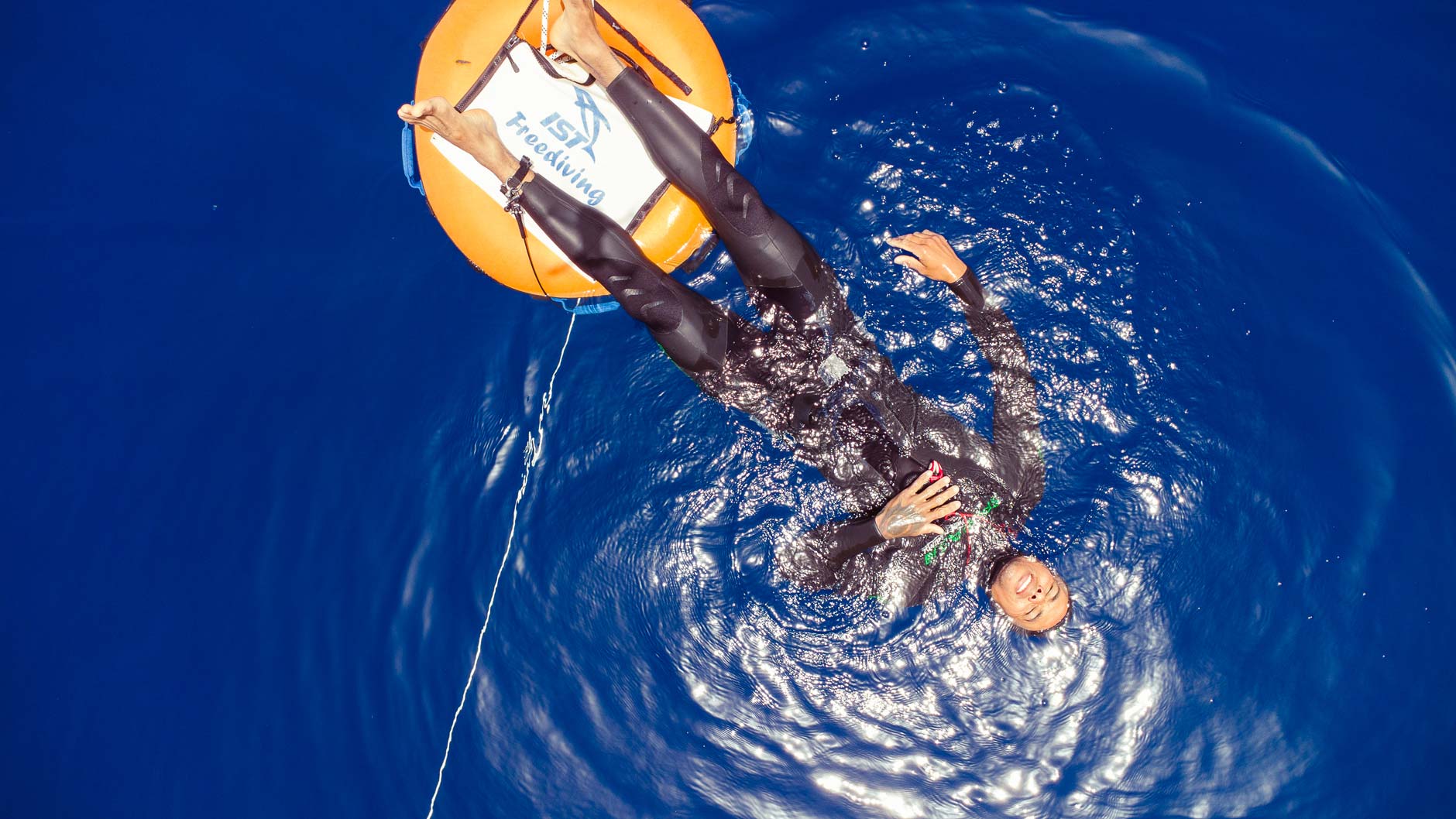Freediving during winter in cold water proves to be challenging for many freedivers, and the truth is most avoid it. Few people are conditioned to the cold and can spend hours in the water. They simply don’t get cold. Cold water freediving comes with many challenges that do not exist in warm water, and overcoming them takes training and dedication just like anything else. Heat loss begins the moment your body touches the water, with or without a wetsuit. Granted, the type of wetsuit used makes a big difference and we’ll talk about this later on. All diving activities should stop immediately once a diver begins shivering, especially if multiple dives have already taken place. I hope that the following tips help you keep warm during your dives and maximise your performance.
Equipment for cold water freediving
Managing the cold comes in different ways and one of the temporary solutions is choosing the right equipment. A 5mm freediving wetsuit should be sufficient along with booties and a good pair of gloves. Wetsuit quality and the brand you choose will make a big difference in the quality amount of time you can spend in cold water. A denser wetsuit will last longer and compress much slower but may not have the stretch you want. Of course, make sure it’s a custom suit or the standard sizes are within close proximity to your measurements. You don’t want cold water mixing inside your suit every time you move!
Buying a 7mm wetsuit is a possible solution when dealing with the cold but you will be severely restricted. Choosing long john type pants over the waist high pants is a good solution to this problem. A 5mm long john wetsuit means the core part of your body (chest and back) will have double the thickness of neorprene, keeping the area nice and warm.
Cold water showers
Training for freediving in cold water should begin outside of the lake / sea. Cold showers should be a part of your daily routine to help your body adjust, physically and mentally. Always begin gradually and never go extreme. After finishing your warm shower, turn the tap to cold and stay under the running water for approximately 30 seconds. Learn to relax and embrace the cold water by trying as much as possible not to react in any way. When you feel you are ready, slowly increase the amount of time spent under running cold water.
Using freediving techniques could help you adapt to cold water much faster. All you need to do is follow these two basic rules; progress slowly and always try do the opposite thing your body tells you to do, relax! Try and start your cold water showers in the summer season so you’ll gradually build up tolerance, leaving you mind happy and your body always ready.
Breath-hold and technique outside of depth
There’s no point jumping into cold water when your breath-hold and technique is way off the charts. You have a limited amount of time during cold water freediving so make sure to use the time wisely. As most of us know, pool’s are great for breath-hold training and technique. Both require volume to improve, especially technique. It’s not going to be fun worrying about your breath-hold or technique when diving in cold water. Dry breath-hold training is a good alternative to the pool. When training requires time, make sure it happens outside of cold water.
Divide the freediving session into two parts
As the body gets more and more cold, your breath-hold and overall diving quality will begin to diminish. The quality of your training at the beginning of the session will always be higher than the quality at the end of the session. Since we know the body will get colder eventually, dividing the session into two parts will help you plan better. Generally speaking, the challenging part of the training session should happen first. This can be a deep dive, hangs, slow dives or equalisation training. The second part of the training should include anything that is physically or mentally easier; finning drills, free-fall position or practicing turns at the bottom.
Adopt a no warm up approach
This ties in with the above tip. Adopting a no warm up approach and going for a deep dive immediately is a good technique if you are susceptible to the cold. The more time spent in the water, the quicker you will get cold. A smart and slow approach should be consisdered for no warm up diving. Don’t go for a personal best dive on the first day of your no warm up dives. Instead, go for around 60% of your personal best and then continue with the second part of your session. This sounds like it will take time and the truth is it will.
What to eat before freediving in cold water
Freediving and food is personal and tricky. Everyone has their own set routines before a dive and changing them can have an effect on your mind and what you feel physically during a dive. What works for one freediver won’t necessarily work for the other. With that in mind, when immersed in cold water, the bodies metabolism tends to spike to produce extra heat. At this point, there is no harm in burning off that energy with fast sugars.
Most freedivers I know choose to dive on an empty stomach, but this may not be the best strategy before a cold water session. Eating a balanced meal consisting of good fats (nuts), sugars (fruits and honey) and carbohydrates (oats) a couple of hours before diving in cold water will probably help you get through your session. Make sure to eat at least a minimum of two and a half hours before the session.
Conclusion
Get warm as quickly as you can after your cold water dive. Have a thermal flask ready with some coffee or tea, strip off your wetsuit and jump straight into those warm clothes!
Adapting to the cold will take time and comes with experience. Always test different methods and do what works for you. These set of tips are the ground work for your cold water adventures and whilst they would probably work for many, others may still find challenges. If you’re wandering what kind of cold water freediving is possible in Malta & Gozo, take a look at our month by month weather guide.

